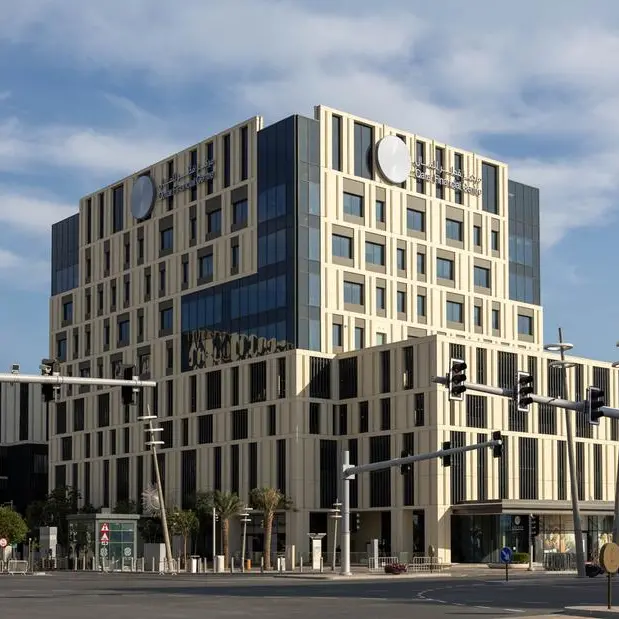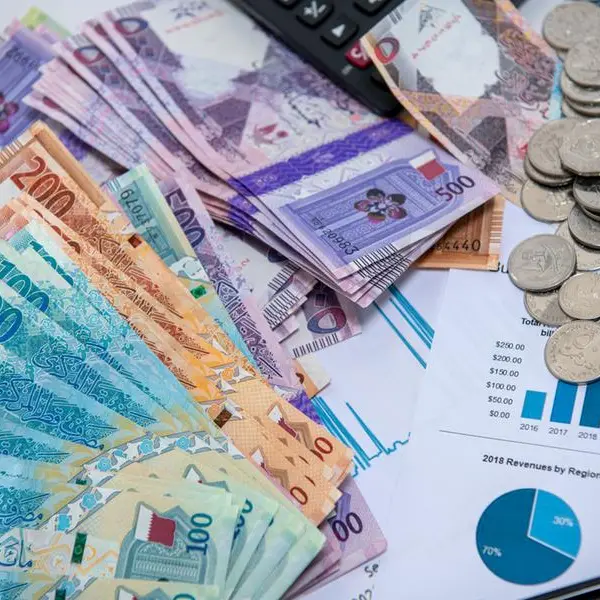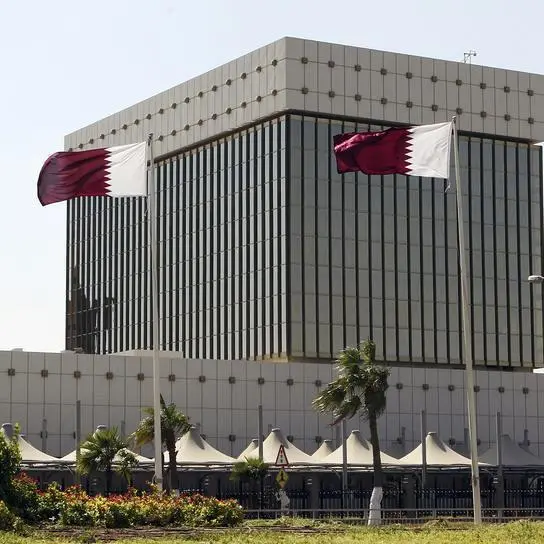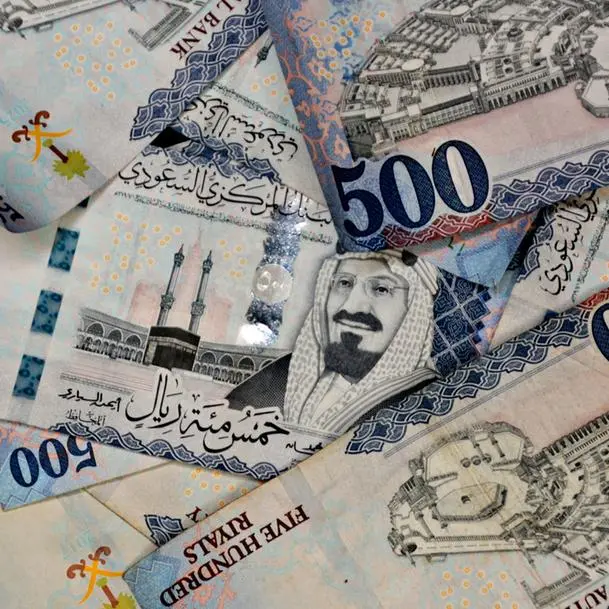PHOTO
UAE banks benefit from large pools of capital and high net worth customers on the back of a vibrant economy and a favourable business environment that continue to attract significant amounts of foreign investments, according to analysts at leading global accounting and rating firms.
The banking sector, which has been receiving major fillip from government’s commitment to regulatory reforms, saw total assets of the top 10 banks has increasing by 10.6 per cent in 2022 year-on-year to $898.89 billion driven by strong growth in deposits, loans, and advances, KPMG said in its UAE Banking Perspectives report.
According to the Central Bank of the UAE, the nation’s economy is estimated to have grown by 7.6 per cent in 2022, the highest growth in 11 years, after expanding 3.9 per cent in 2021. In 2023, the country’s economy is projected to grow 3.9 per cent in 2023, according to the regulator. The foreign direct investment flow into the UAE in 2022 was estimated at $22 billion by the Institute of International Finance.
Moody’s in its latest report said the improving operating environment has supported the profitability of the top lenders – First Abu Dhabi Bank, Emirates NBD, Abu Dhabi Commercial Bank and Dubai Islamic Bank — which account for about 77 per cent of banking assets in the UAE. The combined reported net profit of the four lenders climbed to $9.0 billion in 2022— up from $8 billion recorded in 2021 and $8.3 billion in 2019. The bottom line growth will continue in 2023, albeit at a slower pace, the rating agency said.
KPMG’s report noted that after recording a robust operating and financial performance in 2022 with a 31 per cent increase in their net profits, the vibrant banking sector remained well-positioned to maintain a stable outlook in 2023 “with the growing demand for digital financial services, rapid adoption of fintech solutions enhancing customer experience and industry competitiveness.”
Alvarez & Marsal, a leading global professional services firm in its recent UAE banking Pulse for 2022 noted that the aggregate net income of the top 10 lenders increased by 31.7 per cent year-on-year in 2022 to Dh49.8 billion driven primarily by higher net interest income.
The country’s 10 largest listed banks include First Abu Dhabi Bank, Emirates NBD, Abu Dhabi Commercial Bank, Dubai Islamic Bank, Mashreq Bank, Abu Dhabi Islamic Bank, Commercial Bank of Dubai, National Bank of Fujairah, National Bank of Ras Al Khaimah and Sharjah Islamic Bank.
“The UAE’s vibrant economy and its favourable business environment have attracted a significant amount of foreign investment, with banks benefiting from large pools of capital and high net worth customers the UAE is attracting. One of the major factors contributing to the sector’s stability is the government’s commitment to regulatory reforms. Measures taken by the Central Bank of the UAE to strengthen governance frameworks have led to increased transparency and accountability,” said Abbas Basrai, partner and head of Financial Services at KPMG Lower Gulf.
The study noted that banks are recording an increase in the cost of compliance to manage risks associated with regulatory reform. From 2019 till early 2022, the Middle East recorded a 63 per cent increase in the size of its organizations’ compliance teams. The total projected cost of financial crime compliance is $4.2 billion in early 2022, with the UAE representing a sizable chunk of this at $1.7 billion (40 per cent).
The study observed that industry net sentiment improved 7.0 per cent in 2022, with customer service generating the highest volume of negative social media conversations.
Copyright © 2022 Khaleej Times. All Rights Reserved. Provided by SyndiGate Media Inc. (Syndigate.info).





















